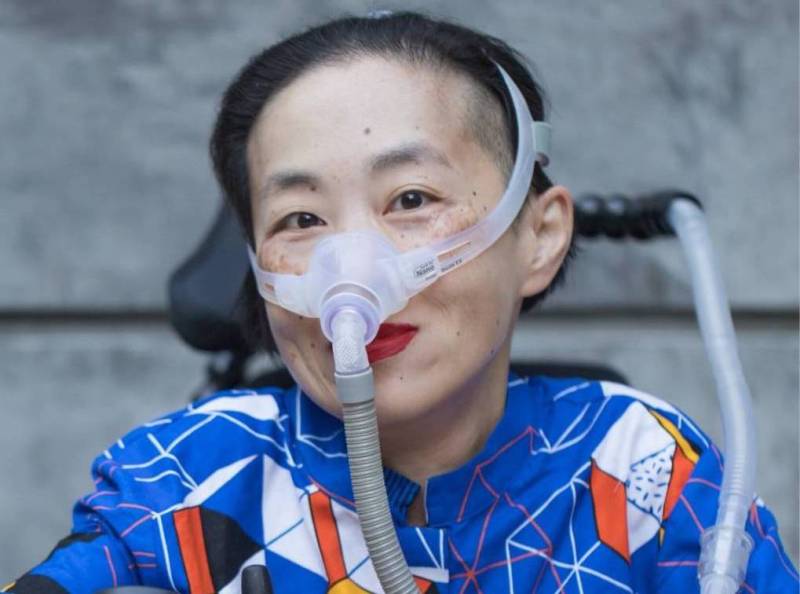It’s still unclear if the new age-based vaccination guidelines will allow any exceptions.
Dr. Mark Ghaly, California’s Health and Human Services Agency secretary, suggested last week that could be the case when he said the new allocation formula would “reach other populations not just on age, but on exposure, to ensure that those populations are taken care of.” But he didn’t elaborate on what that would mean in practice, and state health officials have yet to offer further guidance.
Lack of Data
When it comes down to it, there’s just nowhere near enough vaccine to go around.
Health providers in California are now administering about 125,000 doses a day, and as of Monday, had gone through a total of more than 3.4 million doses.
And while that marks a three-fold increase over just a few weeks ago, at that rate it would likely take until June to vaccinate the state’s roughly 6.6. million residents who are 65 and older, according to an estimate by state epidemiologist Dr. Erica Pan. That pace, however, could speed up significantly under President Biden’s plan to purchase and distribute 200 million additional doses.
For months, advocates have been pushing hard at meetings of the state’s Community Vaccine Advisory Committee for people with disabilities to be moved up in line to receive the vaccine.
“Our message is not to make people over 65 wait. Our message is don’t make everybody else wait while you’re doing people over 65,” said Andy Imparato, executive director of Disability Rights California and an advisory committee member, who spoke last week at an online town hall on the issue.
People with disabilities who are most at risk should be prioritized alongside farmworkers, teachers and people over 65, he said. “We’re not trying to supplant those other groups, we want to have access at the same time as those other groups.”
But state health officials have consistently pushed back, arguing that there’s little reliable data showing people with disabilities are at significantly higher risk for hospitalization or death from COVID-19. Meanwhile, the data showing risk for people over 65 is unequivocal.
“People 85 years or older have a 630 times higher death rate,” said Pan, who co-chairs the committee, at the Jan. 20 meeting. “Those over 75 years of age have a 220 times rate higher, and then 90 times higher mortality rate for 65 and up.”
Officials have also been under intense pressure to speed up vaccinations across the state, prompting the opening of a number of mass vaccination sites, like the one at Dodgers Stadium in Los Angeles and the Cal Expo in Sacramento.
For this to work effectively, officials say, very simple eligibility criteria is needed. And someone’s age is a lot easier to verify than a person’s medical history.
“It may be more challenging in those settings for the vaccinators to be confirming a medical history if they don’t have access to the medical records,” said Nadine Burke Harris, the state’s surgeon general, who also co-chairs the committee.
Balancing Equity and Efficiency
